Human Metapneumovirus: What We Need to Know About HMPV
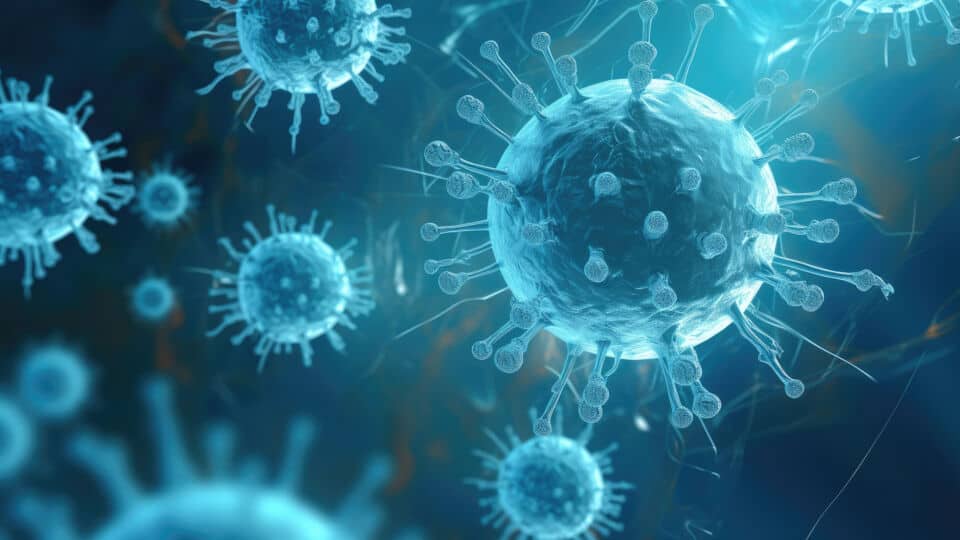
What is the Human Metapneumovirus?
The Human metapneumovirus (HMPV) was first identified in 2001. It is a respiratory virus belonging to the Paramyxoviridae family, the same family as respiratory syncytial virus (RSV) and parainfluenza viruses. It often causes upper respiratory infections similar to the common cold, but it can sometimes cause lower respiratory infections, especially in young children, older adults, and immunocompromised individuals.
HMPV infections are common in childhood, although reinfection can still occur in adulthood. The infection typically peaks during the late winter and early spring, overlapping with the seasons of other respiratory viruses like RSV and influenza. While the World Health Organisation has not classified HMPV as a global health emergency, the virus has been reported in countries such as China, India and Malaysia, all recording a surge in respiratory infections caused by this pathogen.
Health ministries have commented that the rise in respiratory tract infections at the beginning and end of the year is an expected trend.
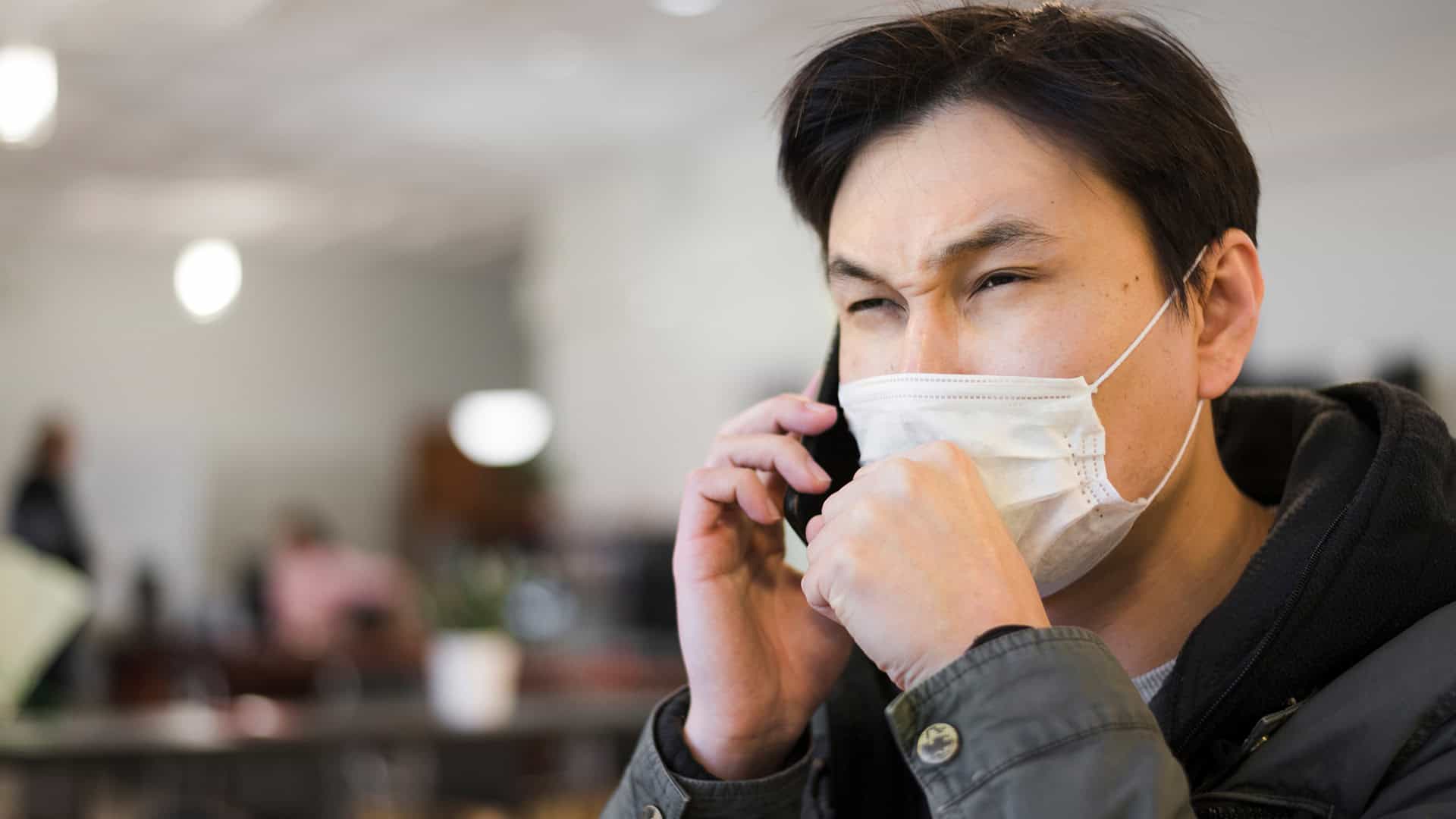
HMPV in Singapore
HMPV infections occur all year round in Singapore, with increased activity typically observed during the year-end period. This is likely due to increased social gatherings and holiday travel.
In December 2024, the Ministry of Health reported that 5.5 per cent to 9 per cent of Acute Respiratory Infections samples in the community tested positive for HMPV. This is higher when compared to the average weekly HMPV positivity rate of 0.8 per cent to 9 per cent. This rise in cases is however consistent with previous years.
What are the symptoms?
Symptoms typically appear three to six days after exposure and can last for one to two weeks depending on the severity of the symptoms.
Mild symptoms include runny nose, cough, sore throat, and low-grade fever, while severe symptoms include wheezing, breathlessness, high fever, and progressing to a chest infection or bronchitis.
 Runny or stuffy nose | 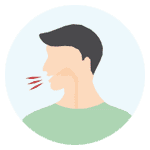 Cough | 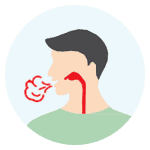 Shortness of breath | 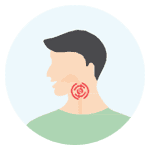 Sore throat |
|---|---|---|---|
 Wheezing | 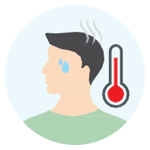 Fever | 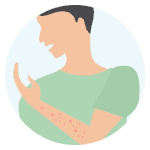 Rash |
How is it transmitted?
HMPV is primarily transmitted through respiratory droplets and direct contact with contaminated surfaces or hands. The modes of transmission includes:
1.Person-to-person
HMPV spreads when an infected person coughs, sneezes, or talks; releasing respiratory droplets containing the virus into the air. These droplets can be inhaled by others nearby.
2. Direct contact
Touching an infected person’s hands, face, or other skin surfaces the virus can result in transmission, especially if the individual then touches their mouth, nose, or eyes.
3. Surface contamination
The virus can survive on surfaces for several hours. Infection can occur after coming into contact with contaminated objects such as door handles, toys, or shared devices, and then touching one’s face.
4. Close proximity
Transmission is more likely in crowded environments, such as schools, daycare centres, nursing homes, and public transportation where close contact with infected individuals occurs.
How is it diagnosed?
In view of self-limiting symptoms, HMPV is not routinely tested in all patients with respiratory symptoms. If confirmation of the infection is clinically necessary, the following diagnostic methods are commonly used:
- PCR test: Detects viral RNA from respiratory samples such as nasopharyngeal swabs or aspirates.
- Antigen test: Identifies HMPV-specific proteins in respiratory samples.
Healthcare providers may also use imaging diagnoses like chest X-rays, in cases where pneumonia or other complications are suspected.
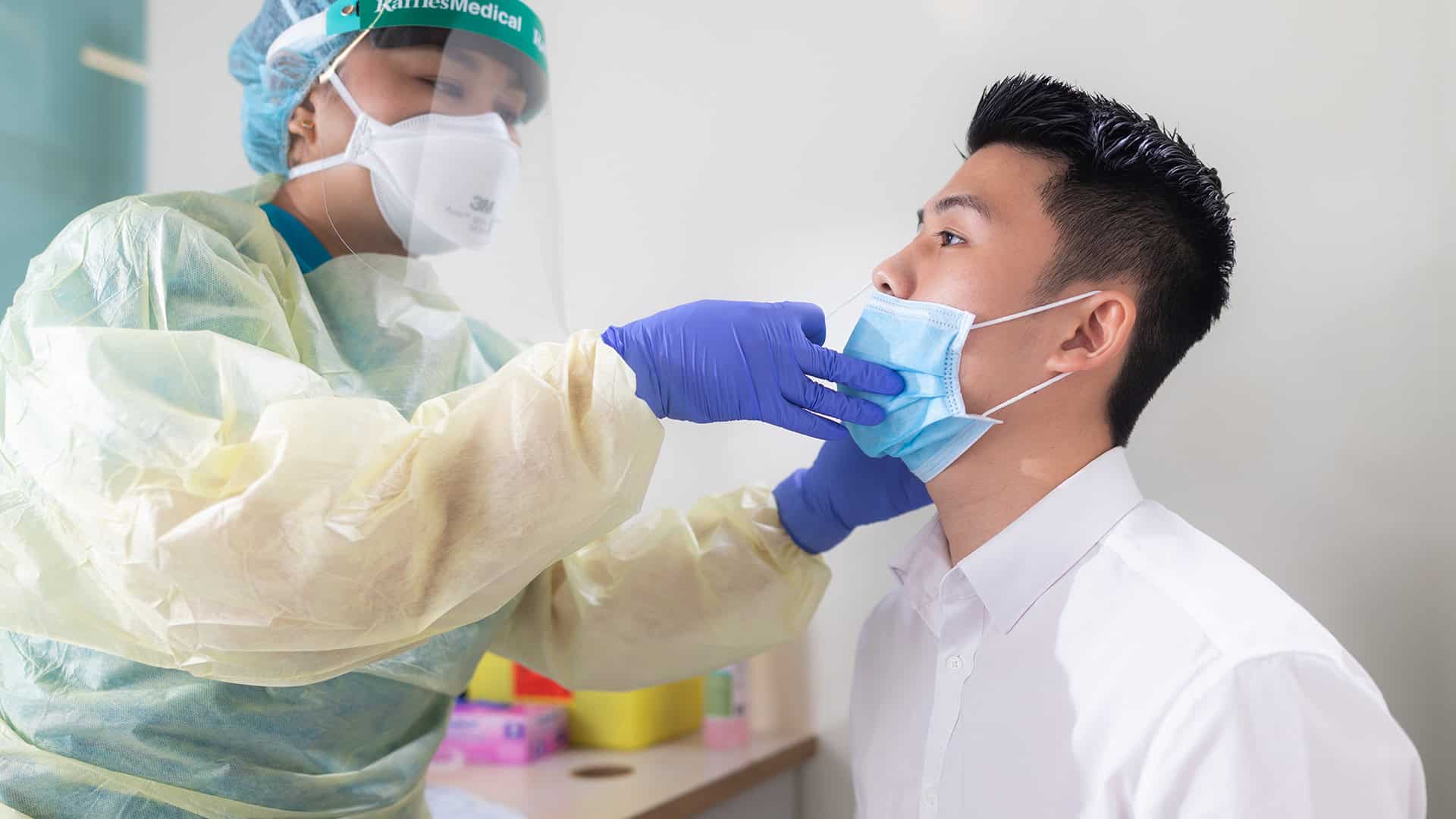
How is it treated?
Currently, there is no specific antiviral therapy to treat HMPV and no vaccine to prevent it.
Most healthy individuals will recover from the infection within one to two weeks with supportive care, rest, and hydration. Antibiotics are not effective against HMPV.
Complications of HMPV
While most HMPV infections are mild and self-limiting, complications can occur particularly in vulnerable populations. These include:
- Bronchitis
- Pneumonia
- Asthma flare-ups
- Worsening of symptoms in those with chronic obstructive pulmonary disease
- Ear infections
- Hospitalisation, especially in young children, the elderly, or immunocompromised individuals
How to prevent the spread of HMPV?
Preventive measures are essential to limit the spread of HMPV, particularly during peak infection seasons. Similar to other common respiratory viral infections, the following steps are recommended:
Personal hygiene
- Wash your hands frequently with soap and water for at least 20 seconds.
- Use alcohol-based hand sanitiser if soap and water are unavailable.

Respiratory etiquette
- Cover your mouth and nose with a tissue when coughing or sneezing.
- Dispose used tissues properly and wash your hands immediately.
Physical distancing
- Avoid close contact with individuals showing symptoms of respiratory.
- Vulnerable populations such as infants, older adults, and immunocompromised individuals should reduce exposure to crowded or high-risk environments, or wear a mask if possible.
Social responsibility
Persons with respiratory symptoms should stay at home to recuperate, and if there is a need to go out, they should exercise social responsibility by limiting their social interactions, wearing a mask, and avoiding crowded places.



